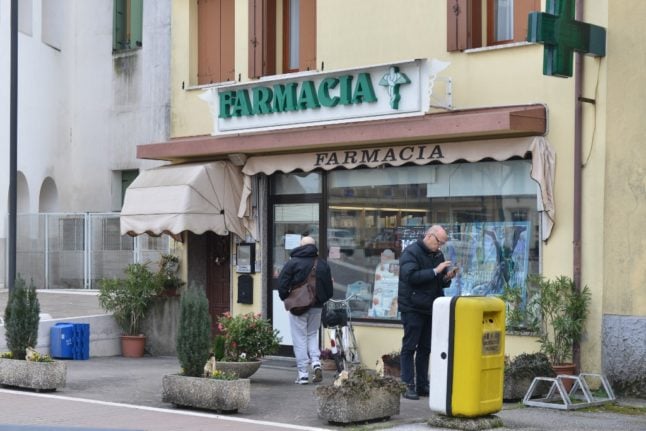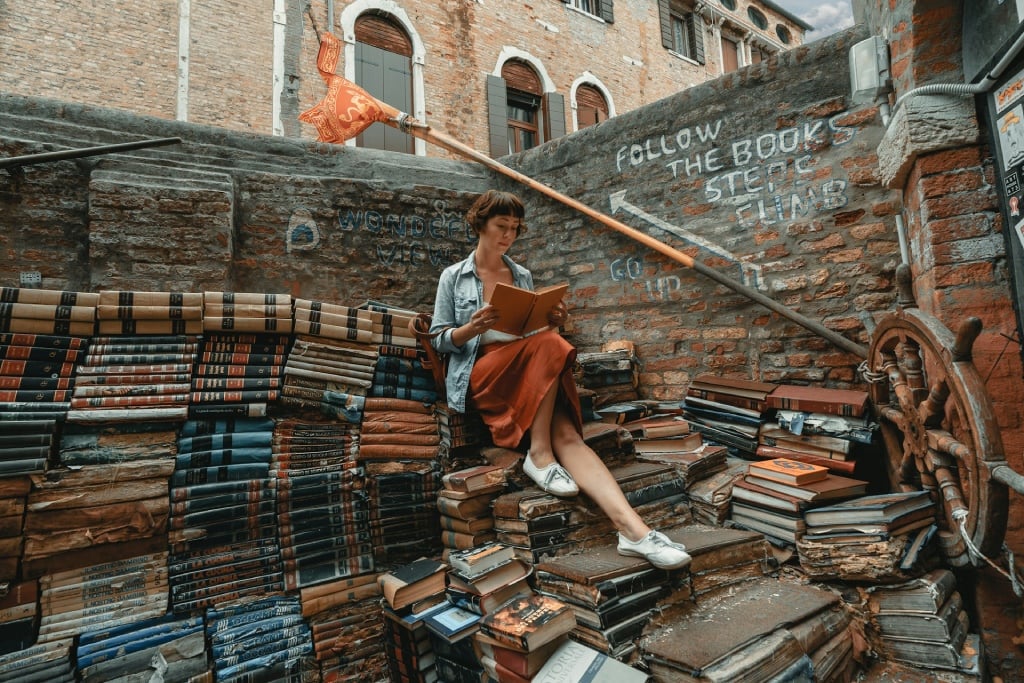Italian pharmacies aren’t just stores selling prescription or over-the-counter medicines. As a customer, you’ll find all sorts of natural remedies, basic health supplies and personal care items on their shelves.
You’ll also be able to receive basic medical services (for instance, blood pressure checks, Covid tests and flu jabs) and some non-health-related ones (like getting your ears pierced!) in most branches.
But, while being extremely useful stores, Italian farmacie (pronunciation available here) are also peculiar places and their set of unwritten rules and solidified traditions may well throw off newcomers.
1 – Decipher your doctor’s scribbles before your trip
Much like some of their foreign colleagues, Italian GPs have a penchant for writing prescriptions that no one else is actually able to read.
We might never find out why doctors seem so intent on making ancient hieroglyphs fashionable again, but their calligraphic efforts will surely get in the way of you trying to buy whatever medicine you need to survive.
READ ALSO: EXPLAINED: How to make a doctor’s appointment in Italy
To avoid hiccups, make sure you know exactly what you need to get. If in doubt, reach out to your GP to confirm.
Don’t rely on pharmacists being able to figure out your doctor’s handwriting because they often have no clue either.
2 – Double-check the pharmacy’s opening times
If you’re from the UK or the US, you might be used to pharmacies being open from 8am to 10pm on weekdays and having slightly reduced opening times over the weekend.

You can forget about that in Italy. In big cities, most pharmacies will shut no later than 8pm on weekdays and will be closed on either Saturdays or Sundays.
As for small towns or villages, opening times will have a nice Middle Ages vibe to them, with local stores remaining shut on weekends and keeping their doors open from 9am to 12.30pm and then from 3.30pm to 7.30pm on weekdays.
So always check your local pharmacy’s hours before leaving home and, should their times not be available online, call them up. An awkward phone conversation with the pharmacist is still preferable to a wasted trip.
3 – Get the ‘numerino’
Some Italian pharmacies have a ticket-dispensing machine with the aim of regulating the queue – a concept which is still foreign to many across the country.
All customers are expected to get a numbered paper ticket (the famed ‘numerino’) from the above machine and wait for their number to be called to walk up to the pharmacist’s desk.
READ ALSO: Who can register for national healthcare in Italy?
Now, the law of the land categorically prohibits customers from getting within a five-metre radius of the desk without a numerino.
Also, trying to break that rule may result in a number of disdainful sideways glances from local customers.
4 – You cannot escape the in-store conversations, so embrace them
Pharmacies aren’t just stores. They’re a cornerstone of Italian life and locals do a good deal of socialising on the premises.
After all, the waiting times are often a bit dispiriting, so how can you blame them for killing the time?

You might think that locals won’t want to talk to you because you’re a foreigner or don’t know the language too well, but you’ll marvel at how chatty some are.
While chit-chat might not be your cup of tea, talking with locals might help you improve your Italian, so it’s worth a shot.
5 – “Vuoi scaricarlo?”
The pharmacist finally gets you what you need and you’re now thinking that your mission is over. Well, not yet.
Before charging you for the items in question, the pharmacist will ask you whether you’d like to ‘scaricarli’ (literally, ‘offload them’) or not, which, no matter how good your Italian is, will not make any sense to you.
What the pharmacist is actually asking you is whether you want to link the purchase to your codice fiscale (tax code).
READ ALSO: Five essential facts about Italy’s public healthcare system
That’s because Italy offers residents a 19-percent discount on some health-related expenses, which can be claimed through one’s annual income declaration (dichiarazione dei redditi) by attaching the receipts of all the eligible payments.
Whether you want to scaricare or not, this is the last obstacle before you can make your way back home.




 Please whitelist us to continue reading.
Please whitelist us to continue reading.
Member comments